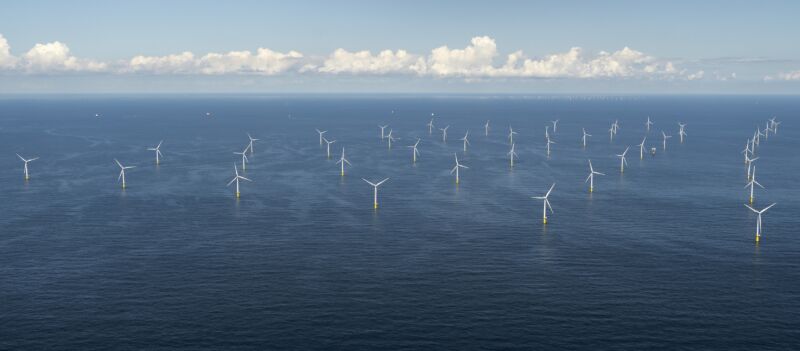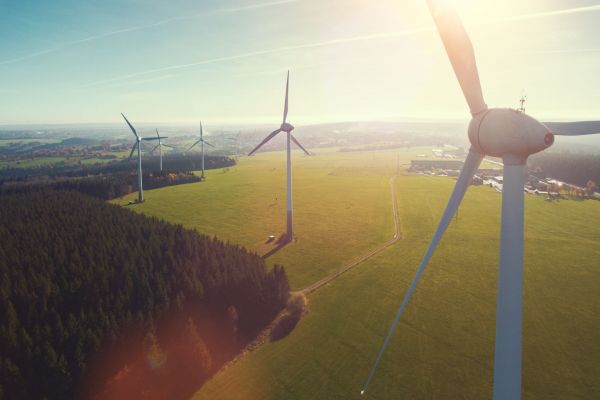According to the two parties, the wind farm – which is to be developed in an undisclosed location off Germany’s North Sea coastline – will provide BASF Ludwigshafen with around four fifths of the site’s power demands.
Together for the transformation
In a presentation held in May 2021, CEOs from RWE and BASF were joined by Michael Vassiliadis, Chairman of the Mining, Chemical, and Energy Industries Union as they outlined their shared goals to lead the chemical industry into a carbon-neutral future. BASF itself has set ambitious goals on its journey to climate neutrality and wants to achieve net zero emissions by 2050. With plans in place to build a 2-gigawatt capacity offshore wind farm, the companies estimate that 3.8 million metric tons of CO2 emissions could be avoided annually. Given the sheer size and scale of the project, however, close cooperation across value chains is key to success.
Martin Brudermüller, Chairman of the Board of Executive Directors at BASF, touched on the company’s transformation efforts in the online presentation. He claims that “without the availability of sufficient volumes of electricity from renewable sources at competitive prices, our future transformation will not be possible! This task is only achievable with innovative and intensive cooperation between politics and industry.”
Industrial pioneers
Founded in 1865 as the Badische Anilin und Soda Fabrik (German for “Baden Aniline and Soda Factory”), BASF’s Ludwigshafen site spans ten square kilometers and is the largest integrated chemical complex in the world. A company steeped in history, BASF is very much geared towards the future – as its efforts to develop CO2-free technologies for petrochemical production clearly display. At BASF Ludwigshafen, transformation is underway.
About BASF: Ludwigshafen site
– Founded in 1865 by Friedrich Engelhorn
– app. 39,000 employees
– app. 10 km2 site area
– app, 230 km of rails
– Around 2,850 km of pipelines
Source: Ludwigshafen Site – Strong in the Verbund (2020)
The site’s electricity consumption is estimated to triple by 2035. This is largely due to the development of one exciting new technology: electrically heated steam crackers for the production of ethylene, propylene, and butadiene. The company also continues to develop waste heat recovery systems, as well as water electrolysis and methane pyrolysis technology, all which are based on climate-friendly processes.
BASF is gradually switching to renewable sources to meet these changing electricity demands. But perhaps the most progressive play yet comes in the form of offshore wind infrastructure projects like this one made possible by RWE.
For BASF, the key to realizing its company goals is, sure enough, blowing in the wind.



